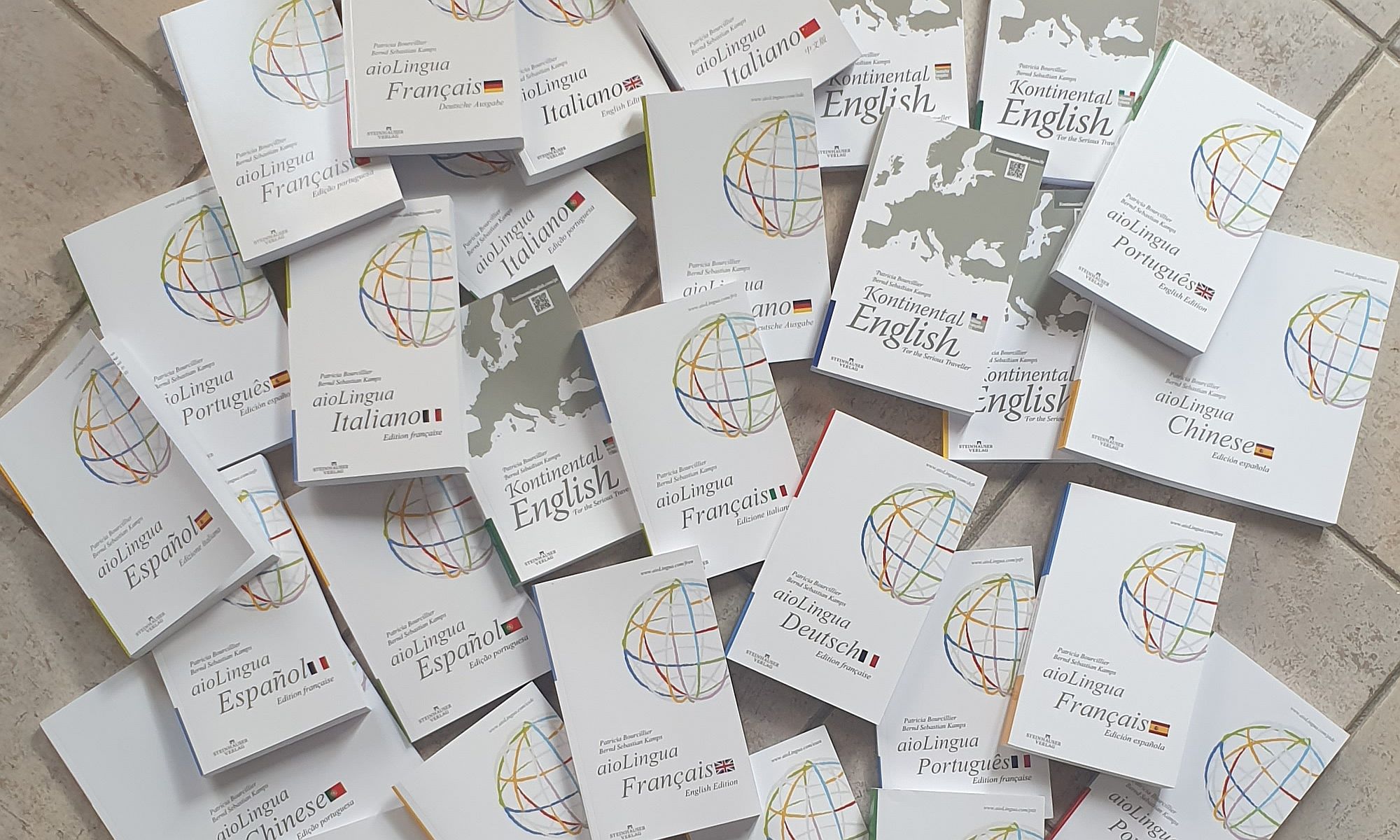Focus on navigating through Chinese cities using public transport – buses, subways, and local taxis. Includes purchasing tickets, asking for directions, and understanding transit schedules.
A. Basic Level
In Beijing’s busy financial district, two young men attempted to hail a 出租车 (taxi | chūzūchē).
“Maybe we should take the 地铁 (subway | dìtiě) instead?” one suggested, eyeing the nearby 车站 (station | chēzhàn).
“No, let’s stick to our 路线 (route | lùxiàn). The 地图 (map | dìtú) shows it’s faster,” the other replied.
As a taxi stopped, the first one asked the driver about the 时间表 (schedule | shíjiānbiǎo) to their destination.
Settling in, they checked their 票 (tickets | piào) for the 比赛 (match | bǐsài), excited to compete.
“北京 (Beijing | Běijīng) is always such a 繁忙 (busy | fánmáng) city,” mused the second, as they sped off.

Words
| 公交车 | gōngjiāo chē | bus |
| 地铁 | dìtiě | subway |
| 出租车 | chūzū chē | taxi |
| 车站 | chēzhàn | station |
| 票 | piào | ticket |
| 乘坐 | chéngzuò | to take (a bus, train, etc.) |
| 线路 | xiànlù | route |
| 方向 | fāngxiàng | direction |
| 站台 | zhàntái | platform |
| 时间表 | shíjiānbiǎo | schedule |
| 转车 | zhuǎn chē | to transfer |
| 地图 | dìtú | map |
| 单程 | dānchéng | one-way |
| 往返 | wǎngfǎn | round trip |
| 站点 | zhàndiǎn | stop |
| 乘客 | chéngkè | passenger |
| 出口 | chūkǒu | exit |
| 进口 | jìnkǒu | entrance |
| 购票 | gòupiào | to buy a ticket |
| 询问 | xúnwèn | to ask |
| 路线 | lùxiàn | route |
| 公里 | gōnglǐ | kilometer |
| 等候 | děnghòu | to wait |
Sentences
| 公交车 | 我每天乘坐公交车上班。 | Wǒ měitiān chéngzuò gōngjiāo chē shàngbān. | I take the bus to work every day. |
| 地铁 | 地铁是快速穿越城市的方式。 | Dìtiě shì kuàisù chuānyuè chéngshì de fāngshì. | The subway is a quick way to get across town. |
| 出租车 | 我们打出租车去机场。 | Wǒmen dǎ chūzū chē qù jīchǎng. | We take a cab to the airport. |
| 车站 | 这个车站非常繁忙。 | Zhège chēzhàn fēicháng fánmáng. | This station is very busy. |
| 票 | 请给我买一张票。 | Qǐng gěi wǒ mǎi yī zhāng piào. | Please buy me a ticket. |
| 乘坐 | 乘坐地铁比开车更方便。 | Chéngzuò dìtiě bǐ kāichē gèng fāngbiàn. | It’s easier to take the subway than to drive. |
| 线路 | 这条线路直达市中心。 | Zhè tiáo xiànlù zhídá shì zhōngxīn. | This line goes straight to the city center. |
| 方向 | 确保你的方向正确。 | Quèbǎo nǐ de fāngxiàng zhèngquè. | Make sure you’re going in the right direction. |
| 站台 | 火车即将在二号站台到达。 | Huǒchē jí jiàng zài èr hào zhàntái dàodá. | The train is about to arrive at platform two. |
| 时间表 | 请检查火车的时间表。 | Qǐng jiǎnchá huǒchē de shíjiān biǎo. | Please check the train’s timetable. |
| 转车 | 我在下一站转车。 | Wǒ zàixià yí zhàn zhuǎnchē. | I’m changing trains at the next station. |
| 地图 | 我用地图找到了目的地。 | Wǒ yòng dìtú zhǎodàole mùdì de. | I used the map to find my destination. |
| 单程 | 我只需要买单程票。 | Wǒ zhǐ xū yāo mǎidānchéng piào. | I only need to buy a one-way ticket. |
| 往返 | 往返票比两张单程票便宜。 | Wǎngfǎn piào bǐ liǎng zhāng dān chéng piào piányí. | A round-trip ticket is cheaper than two one-way tickets. |
| 站点 | 下一个站点是我要下车的地方。 | Xià yīgè zhàndiǎn shì wǒ yào xià chē dì dìfāng. | The next stop is where I have to get off the bus. |
| 乘客 | 这辆公交车的乘客很多。 | Zhè liàng gōngjiāo chē de chéngkè hěnduō. | This bus is full of passengers. |
| 出口 | 找到最近的出口。 | Zhǎodào zuìjìn de chūkǒu. | Find the nearest exit. |
| 进口 | 进口在哪里? | Jìnkǒu zài nǎlǐ? | Where’s the entrance? |
| 购票 | 我在自动售票机上购票。 | Wǒ zài zìdòng shòupiào jīshàng gòu piào. | I buy a ticket at the vending machine. |
| 询问 | 在信息台询问路线。 | Zài xìnxī tái xúnwèn lùxiàn. | Ask for directions at the information desk. |
| 路线 | 这是去市中心的最快路线。 | Zhè shì qù shì zhōngxīn de zuì kuài lùxiàn. | This is the fastest route to the city center. |
| 公里 | 这趟旅程大约十公里。 | Zhè tàng lǚchéng dàyuē shí gōnglǐ. | The journey is about ten kilometers. |
| 等候 | 我们在站台等候公交车。 | Wǒmen zài zhàntái děnghòu gōngjiāo chē. | We wait for the bus at the station. |
.
